What Is A POLST (Physician Orders for Life-Sustaining Treatment) and MOLST (Medical Orders for Life-Sustaining Treatment)?
Understanding POLST and MOLST
POLST and MOLST forms are medical orders that provide clear instructions about a patient’s preferences for life-sustaining treatments. These forms are designed for individuals with serious illnesses or frailty and are intended to ensure that their treatment preferences are honored across different healthcare settings.
- 1
POLST (Physician Orders for Life-Sustaining Treatment: The POLST form is a medical order signed by a physician that outlines a patient’s preferences for life-sustaining treatments. It is intended for patients with serious illnesses or those nearing the end of life.)
- 2
MOLST (Medical Orders for Life-Sustaining Treatment: The MOLST form serves a similar purpose to the POLST form but may vary slightly in terminology and implementation depending on the state. It also provides detailed instructions regarding a patient’s wishes for life-sustaining treatments.)
- 3
Guides Healthcare Providers: Medical professionals can refer to your living will to make informed decisions about your care, ensuring that your treatment aligns with your values and preferences.
Importance POLST and MOLST
- 1
Ensures Patient-Centered Care: POLST and MOLST forms ensure that a patient’s treatment preferences are clearly communicated and respected by all healthcare providers
- 2
Provides Clear Instructions: These forms provide clear, actionable medical orders that guide healthcare providers in delivering care that aligns with the patient’s wishes.
- 3
Facilitates Informed Decisions: By discussing and completing these forms, patients and their families can make informed decisions about life-sustaining treatments in advance.
Key Components of POLST and MOLST Forms
- 1
Medical Orders: Both POLST and MOLST forms contain medical orders that must be followed by healthcare providers. These orders cover a range of treatments, including: a) CPR (Cardiopulmonary Resuscitation): Whether to perform CPR if the patient’s heart stops. | b) Medical Interventions: Preferences for the level of medical intervention, such as full treatment, limited treatment, or comfort measures only.| c) Artificial Nutrition and Hydration: Decisions about the use of feeding tubes and IV fluids.
- 2
Signatures: These forms must be signed by the patient (or their legally authorized representative) and a physician to be valid.
- 3
Portability: POLST and MOLST forms are designed to be easily portable, ensuring that a patient’s treatment preferences are honored across various healthcare settings, including hospitals, nursing homes, and during emergency medical transport.
FAQ
Disclaimer: The information provided on this page is for general informational purposes only and should not be considered legal advice. Please consult with a qualified attorney for advice specific to your situation.


